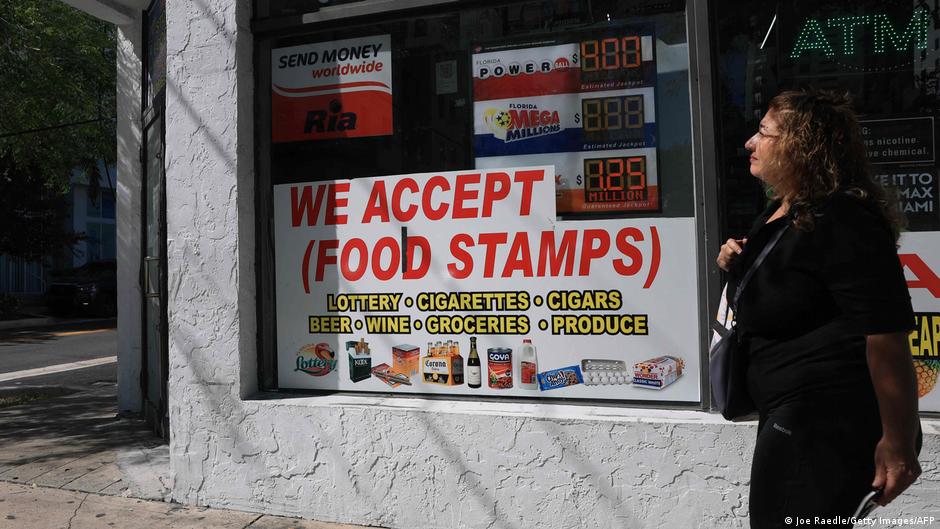
The US Supreme Court on Friday temporarily blocked a lower court’s order that mandated the Trump administration to fully fund Supplemental Nutritional Assistance Program (SNAP) payments for November. This decision, issued by Justice Ketanji Brown Jackson, grants the appeals court additional time to review the administration’s request to limit SNAP payments to partial funding for the month.
The lower court had set a deadline for the Trump administration to disburse full SNAP benefits by Friday. However, the administration sought relief from the appeals court, arguing that it lacked sufficient funds in its contingency reserves to meet the full payment requirements. Instead, it proposed continuing with the planned partial payments.
Understanding the SNAP Program and Its Impact
SNAP, the largest anti-hunger initiative in the United States, supports approximately 42 million low-income individuals. The program’s monthly expenditure ranges from $8.5 billion to $9 billion. With the government shutdown affecting budget allocations, the Trump administration claimed that only partial benefits could be sustained this month.
“The SNAP program is a critical lifeline for millions of Americans, especially during economic hardships,” said a spokesperson from the Center on Budget and Policy Priorities.
The temporary stay by the Supreme Court underscores the ongoing legal and financial challenges surrounding the administration’s handling of SNAP funds amidst the broader fiscal constraints imposed by the shutdown.
Legal and Political Implications
The Supreme Court’s intervention highlights the complex interplay between judicial decisions and administrative actions in times of fiscal crisis. The administration’s request to limit SNAP funding is part of a broader strategy to navigate budgetary limitations without exacerbating the national debt.
Legal experts suggest that the case could set a precedent for how federal assistance programs are funded during periods of fiscal uncertainty. The appeals court’s forthcoming decision will be pivotal in determining the extent of executive power in reallocating funds under financial duress.
Historical Context and Expert Opinions
Historically, SNAP has been a focal point in debates over federal welfare spending. During previous economic downturns, the program has seen both expansions and contractions, reflecting the political climate and economic realities of the time.
“In times of economic crisis, SNAP has proven to be an effective tool in preventing hunger and stimulating local economies,” noted Dr. Jane Smith, a professor of public policy at Georgetown University.
Dr. Smith further emphasized that any reduction in SNAP benefits could have a ripple effect, impacting not only recipients but also local businesses reliant on SNAP spending.
Looking Ahead: The Path Forward
The Supreme Court’s decision to pause the lower court’s order is a temporary measure, providing a window for the appeals court to deliberate on the administration’s funding strategy. Meanwhile, advocacy groups continue to urge for full funding, highlighting the potential human cost of reduced benefits.
As the legal proceedings unfold, the broader implications for federal assistance programs remain a critical point of discussion among policymakers and stakeholders. The outcome of this case could influence future policy decisions and the administration’s approach to managing federal aid under constrained budgets.
The nation awaits the appeals court’s ruling, which will not only determine the immediate fate of SNAP funding but also shape the narrative around federal support programs in challenging economic times.







